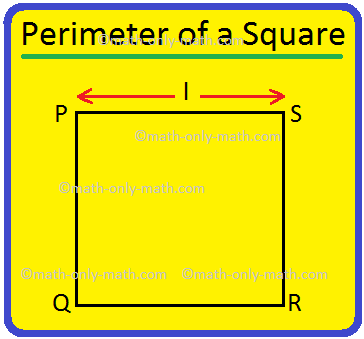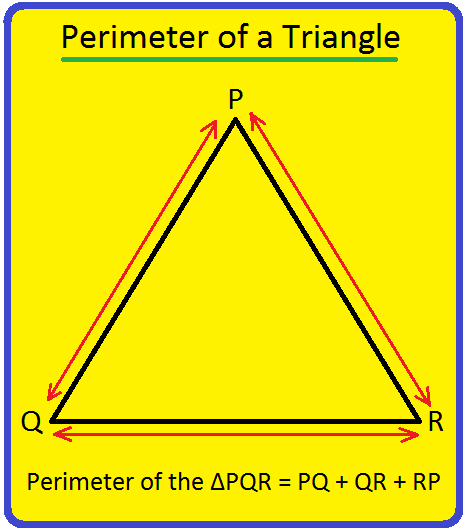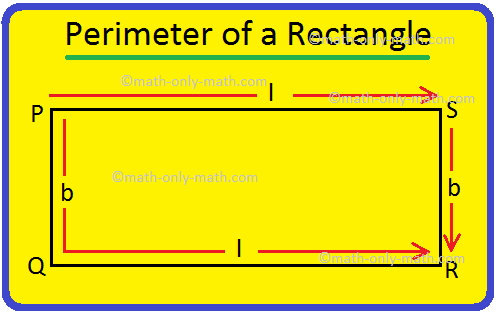Polynomial Equation and its Roots
We will discuss here about the polynomial equation and its roots.
If f(x) is a polynomial in x of degree ≥ 1 whose coefficients are real or complex numbers then f(x) = 0 is called its corresponding polynomial equation.
Examples of polynomial equation:
(i) 5x\(^{2}\) + 2 x - 7 is a quadratic polynomial and 5x\(^{2}\) + 2 x - 7 = 0 is its corresponding quadratic equation.
(ii) 2x\(^{3}\) + x\(^{2}\) + 5x - 3 is a cubic polynomial and 2x\(^{3}\) + x\(^{2}\) + 5x - 3 = 0 is its corresponding cubic equation.
(iii) x\(^{4}\) + x\(^{2}\) - 2x + 6 is a cubic polynomial and x\(^{4}\) + x\(^{2}\) - 2x + 6 = 0 is its corresponding cubic equation.
(iv) x\(^{5}\) + 2x\(^{4}\) + 2x\(^{3}\) + 4x\(^{2}\) + x + 2 is a cubic polynomial and x\(^{5}\) + 2x\(^{4}\) + 2x\(^{3}\) + 4x\(^{2}\) + x + = 0 is its corresponding equation.
If α be a value of x for which f(x) becomes zero, i.e., f(α) = 0, then α is said to be a root of the equation f(x) n= 0.
In other words,
α is called a root of the polynomial equation f(x) = 0 if f(α) = 0.
Examples of root of the polynomial equation:
(i) Let f(x) = 4x\(^{3}\) + 12x\(^{2}\) - 4x - 12. As 4(1)\(^{3}\) + 12(1)\(^{2}\) - 4(1) - 12 = 4 + 12 - 4 - 12= 0, i.e., f(1) = 0, f(x) = 0 has a root x = 1.
(ii) Let f(x) = x\(^{2}\) - 2x - 3. As (-1)\(^{2}\) - 2(-1) - 3 = 1 + 2 - 3 = 0, i.e., f(-1) = 0, f(x) = 0 has a root x = -1
(iii) Let f(x) = x\(^{4}\) + x\(^{3}\) – 2x\(^{2}\) + 4x - 24. As (2)\(^{4}\) + (2)\(^{3}\) - 2(2)\(^{2}\) + 4(2) - 24 = 16 + 8 – 8 +8 + 8 = 0, i.e., f(2) =0, f(x) has a root x = 2
(iv) Let f(x) = x\(^{3}\) + x\(^{2}\) - x - 1. As (1)\(^{3}\) + (1)\(^{2}\) – (1) – 1 = 1 + 1 - 1 - 1 = 0, i.e., f(1) = 0, f(x) = 0 has a root x = 1.
● Factorization
- Polynomial
- Polynomial Equation and its Roots
- Division Algorithm
- Remainder Theorem
- Problems on Remainder Theorem
- Factors of a Polynomial
- Worksheet on Remainder Theorem
- Factor Theorem
- Application of Factor Theorem
From Polynomial Equation and its Roots to HOME
Didn't find what you were looking for? Or want to know more information about Math Only Math. Use this Google Search to find what you need.
Recent Articles
-
Perimeter of a Square | How to Find the Perimeter of Square? |Examples
Apr 25, 24 05:34 PM
We will discuss here how to find the perimeter of a square. Perimeter of a square is the total length (distance) of the boundary of a square. We know that all the sides of a square are equal. Perimete… -
Perimeter of a Triangle | Perimeter of a Triangle Formula | Examples
Apr 25, 24 05:13 PM
We will discuss here how to find the perimeter of a triangle. We know perimeter of a triangle is the total length (distance) of the boundary of a triangle. Perimeter of a triangle is the sum of length… -
Perimeter of a Rectangle | How to Find the Perimeter of a Rectangle?
Apr 25, 24 03:45 PM
We will discuss here how to find the perimeter of a rectangle. We know perimeter of a rectangle is the total length (distance) of the boundary of a rectangle. ABCD is a rectangle. We know that the opp… -
Dividing 3-Digit by 1-Digit Number | Long Division |Worksheet Answer
Apr 24, 24 03:46 PM
Dividing 3-Digit by 1-Digit Numbers are discussed here step-by-step. How to divide 3-digit numbers by single-digit numbers? Let us follow the examples to learn to divide 3-digit number by one-digit nu… -
Symmetrical Shapes | One, Two, Three, Four & Many-line Symmetry
Apr 24, 24 03:45 PM
Symmetrical shapes are discussed here in this topic. Any object or shape which can be cut in two equal halves in such a way that both the parts are exactly the same is called symmetrical. The line whi…





